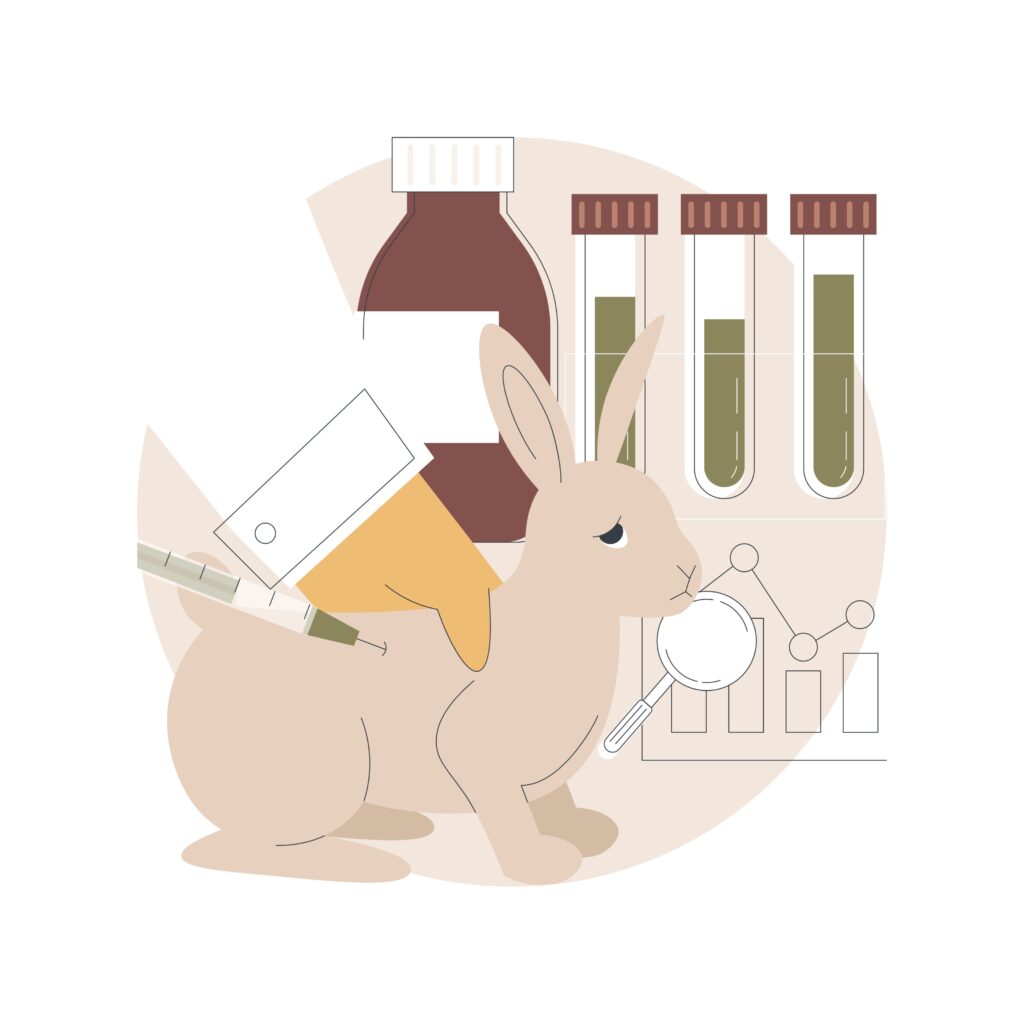Chemical coordination in animals is a sophisticated and essential system that governs the intricate interplay of hormones and neurotransmitters, orchestrating a symphony of physiological responses within the organism. This intricate network is pivotal for maintaining internal balance, allowing animals to regulate a myriad of vital functions crucial for their survival. At its core, chemical coordination involves the secretion of hormones by various glands in the endocrine system, such as the pituitary and thyroid glands.
These hormones, ranging from peptides to steroids, act as messengers, transmitting signals to target cells and organs throughout the body. The endocrine system, working hand in hand with the nervous system, forms a dynamic partnership that ensures precise communication and coordination of physiological processes.
The complexity of this system extends further into the realm of signal transduction within animal cells, where intricate pathways enable cells to receive and respond to these chemical messages. This cellular dialogue is complemented by the role of neurotransmitters, which play a pivotal role in the communication between nerve cells, facilitating rapid responses and reactions. Together, the endocrine and nervous systems create a comprehensive communication network, influencing growth, metabolism, and other critical functions.
Moreover, the regulation of hormones and the maintenance of homeostasis underscore the adaptability and resilience of animals. Feedback mechanisms intricately control hormone levels, ensuring a delicate balance that responds to internal and external stimuli. This self-regulation is paramount for an animal’s optimal functioning, allowing it to thrive in diverse environments.
However, disruptions in this chemical coordination can lead to disorders, impacting an animal’s health and behavior. Understanding the nuances of chemical coordination in animals not only unveils the marvels of physiological regulation but also underscores the significance of this intricate system in sustaining life across the vast spectrum of the animal kingdom.
Table of Contents

Brief explanation of chemical coordination in animals.
Chemical coordination in animals refers to the intricate and highly regulated communication system that governs physiological processes through the release and reception of signaling molecules. This intricate network involves hormones and neurotransmitters, acting as messengers that transmit vital information between cells, tissues, and organs.
The fundamental objective of chemical coordination is to maintain internal balance, known as homeostasis, crucial for the optimal functioning of an organism. Hormones, produced by specialized glands in the endocrine system, travel through the bloodstream to target cells, where they initiate specific responses. This coordination is essential for regulating various bodily functions, including growth, metabolism, reproduction, and response to stress.
Simultaneously, neurotransmitters, facilitating communication within the nervous system, play a pivotal role in transmitting signals between nerve cells, allowing for rapid and precise responses. Together, these chemical messengers orchestrate a symphony of physiological activities, ensuring that an animal’s internal environment remains stable and conducive to survival and well-being.
Understanding the nuances of chemical coordination provides insights into the sophisticated mechanisms that govern the dynamic and interconnected systems within the animal body.
Regulating Homeostasis in Animals
Regulating homeostasis in animals is a complex and finely tuned process essential for the survival and optimal functioning of diverse species. Homeostasis refers to the maintenance of a stable internal environment, irrespective of external fluctuations. In the intricate dance of biological mechanisms, animals employ a variety of regulatory processes to ensure the equilibrium of factors such as temperature, pH, and nutrient levels.
The endocrine system, a key player in this regulatory symphony, orchestrates the release of hormones that act as messengers, signaling cells to adjust their activities to maintain stability. For example, in response to external stressors or changes in environmental conditions, the endocrine system releases hormones that prompt physiological adaptations, such as the release of glucose for energy or the conservation of water.
This delicate balance is further reinforced by feedback mechanisms, wherein the body monitors its internal state and adjusts hormone production accordingly. Failure in these regulatory processes can lead to disorders and health issues, highlighting the critical role of regulating homeostasis in sustaining the well-being and survival of animals across the vast spectrum of the animal kingdom.
FAQs – Unveiling the Curtain on Chemical Coordination
- How does stress impact hormonal balance?
- Stress triggers the release of cortisol and adrenaline, preparing the body for a fight-or-flight response. Chronic stress can disrupt hormonal balance, leading to various health issues.
- What role do sex hormones play in mental health?
- Sex hormones influence neurotransmitters in the brain, impacting mood and cognitive function. Their fluctuations can contribute to conditions like anxiety and depression.
- Are there natural ways to support hormonal balance?
- Yes, lifestyle factors such as a balanced diet, regular exercise, and sufficient sleep contribute to maintaining hormonal equilibrium.
- Can hormonal imbalances be reversed with treatment?
- In many cases, hormonal imbalances can be managed and treated with medications, lifestyle changes, or hormonal therapy, under medical supervision.
- How do the endocrine and nervous systems communicate?
- The endocrine system releases hormones into the bloodstream, while the nervous system uses electrical impulses. They communicate through feedback loops, ensuring coordinated responses.

Thank you, if you liked this information of mine then do give feedback. Your feedback will motivate me further so that I can give you more information.




